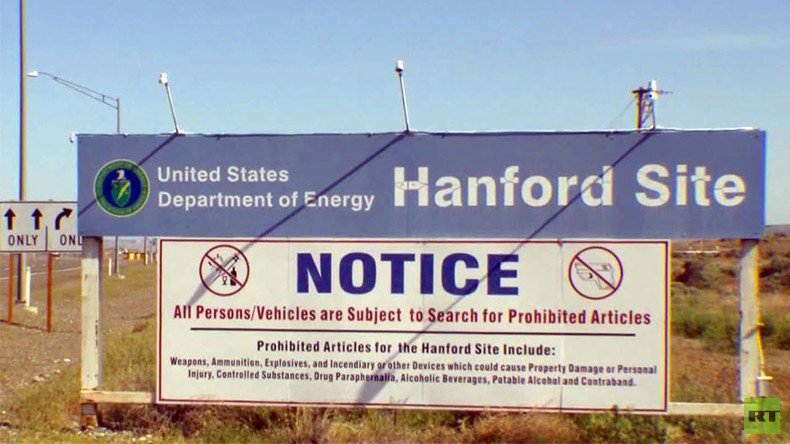Radioactive contamination spreading in shuttered Hanford Site nuclear plant

The Hanford Site plant in Washington hasn’t been operational since 1967, but continues to spread radioactive waste, with a demolition date earmarked as late as 2032.
Although it hasn’t been operational for nearly 50 years, a report published by the Tri-City Herald has found that radioactive contamination is spreading inside the plant’s Reduction-Oxidation Complex (REDOX) and could be worsened as the facility deteriorates.
The facility is roughly half the size of Rhode Island and because REDOX is located so deeply in the center, it poses little risk to the public. However, preventing the problem from worsening isn’t going to be cheap. The report recommends that $148 to $181 million be spent on interim cleanup and maintenance.
Billion-dollar man-made and natural disasters of 2016 https://t.co/TCh5Cnce1jpic.twitter.com/1g3xlWo7rf
— RT America (@RT_America) December 26, 2016
The plant processed 24,000 tons of irradiated uranium fuel rods to remove plutonium for nuclear weapons during the Cold War.
The Hanford Site is not scheduled to be dismantled for at least another 15 years triggering concerns that conditions will continue to worsen given it’s current state.
Signs of animal intrusion have been found at the plant, where plastic bags were attached to a processing line to catch any leaking residual nitrate. Salt used to neutralize contaminants in the past, is now corroding the stainless steel process piping. Deteriorating asbestos was found as well.
The problems with the plant have been known for some time, but exorbitant dismantling costs and environmental considerations has seen it placed on the back burner. In 2014, the US government rejected an $18 billion request, spread over 14 years, to tackle the nation’s most polluted nuclear weapons production site.
In 2015, the government compromised by suggesting that demolition of the plant could begin in 2039.
The Department of Energy (DOE) has yet to make a decision on how to handle the current contamination situation, but is going to consider public comments until 20 January.












